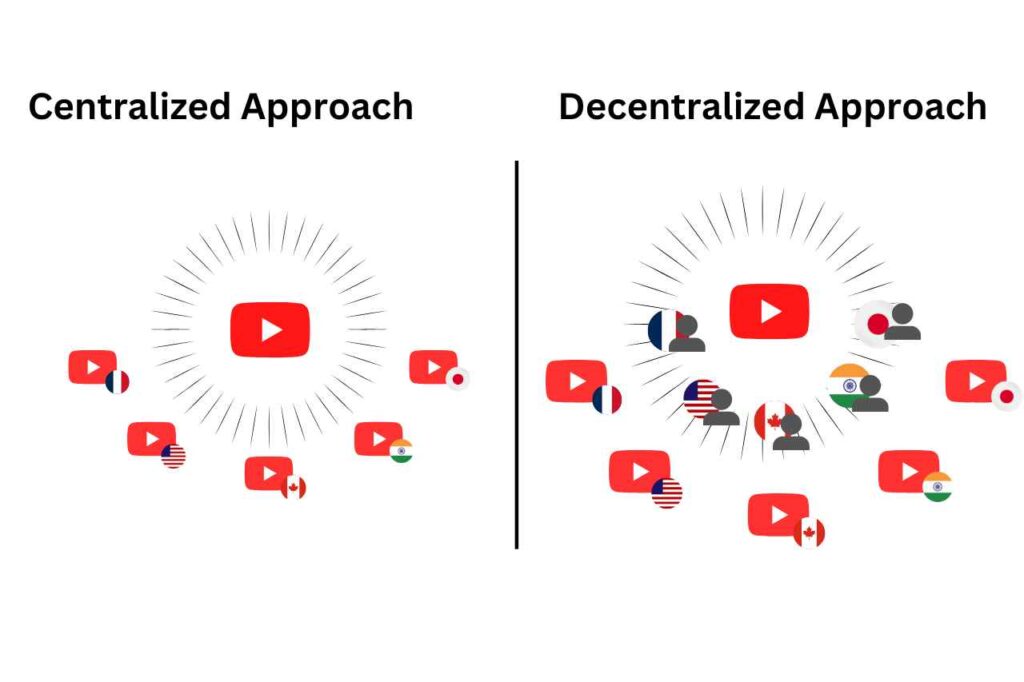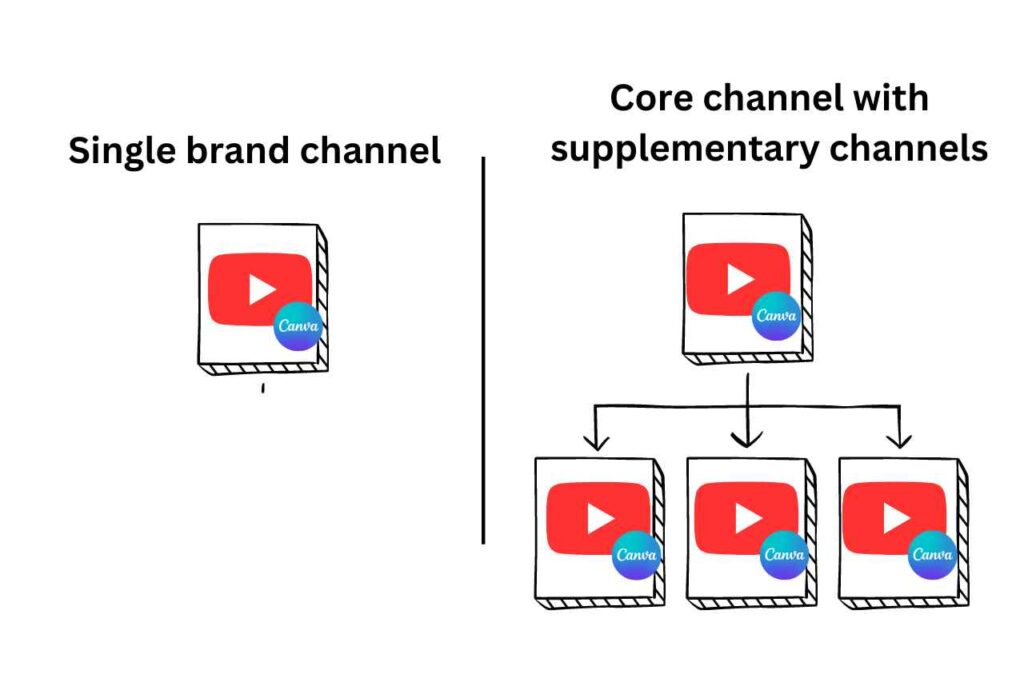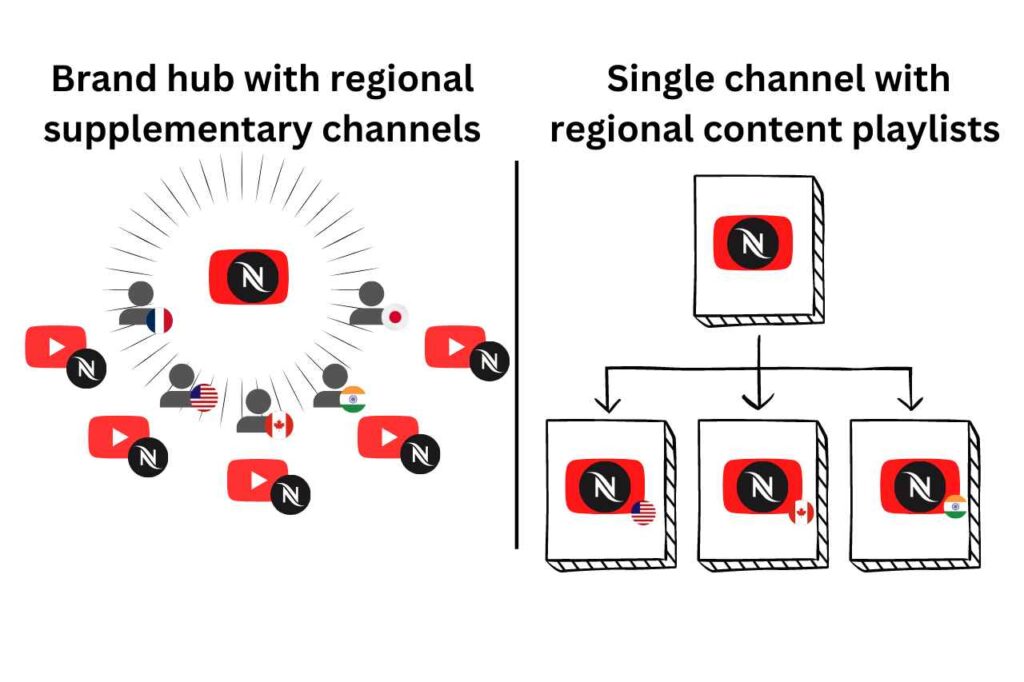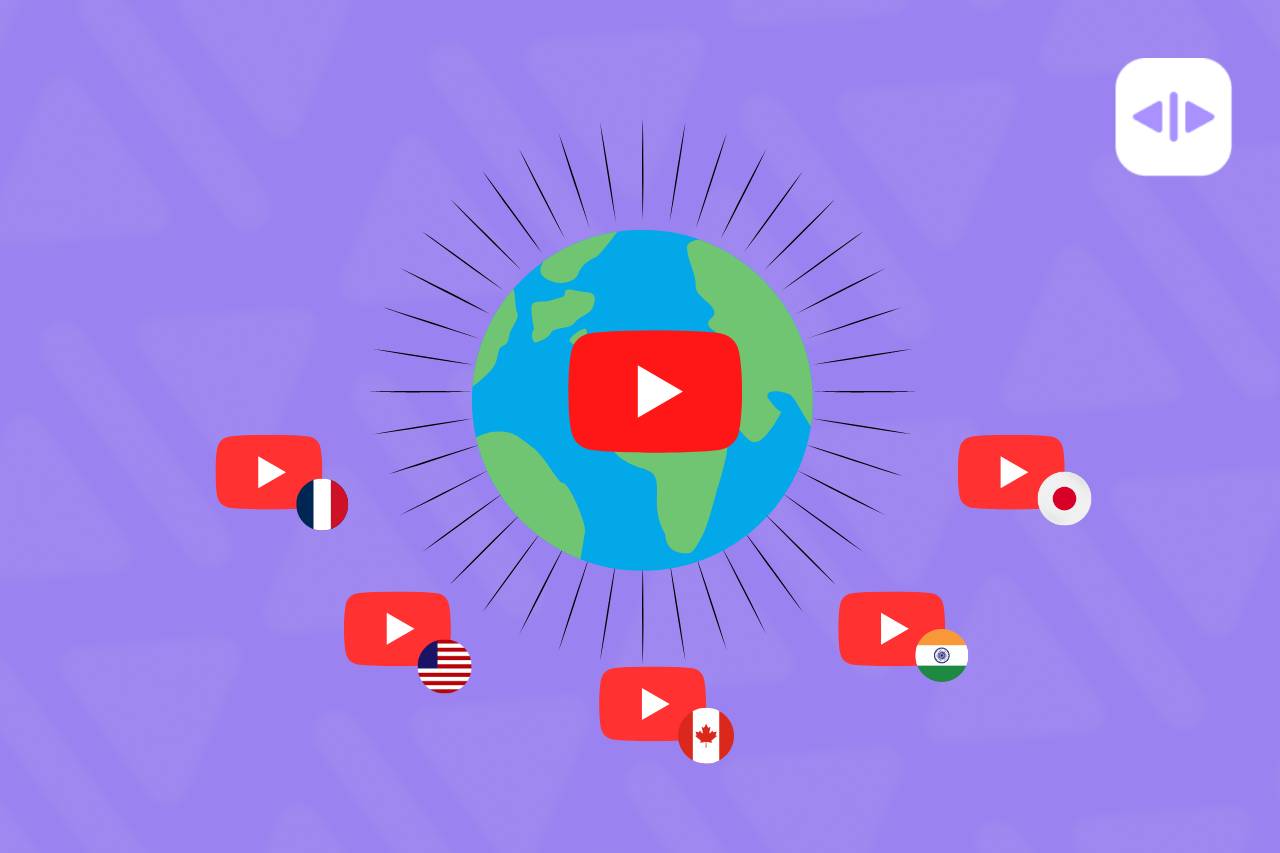The days of having to sit through 10-minute commercials between TV serials are far behind us. Global brand marketing has evolved with the growth of the internet, and Social Media is the new king.
Among so many platforms, YouTube ranks as the second most visited platform in 2022. So, it’s no surprise that 99% of the world’s top brands advertise on YouTube. A survey by Google Ads found that 70% of viewers bought a product or service from a brand after seeing a YouTube ad. 56 out of the top 100 global brands have at least 10 YouTube channels, usually for uploading multilingual content so that their content can reach niche audiences (more on this later). As a brand that aspires to go global, not leveraging YouTube is like sitting in a gold mine while having access to world-class hydraulic mining shovels.
What ‘shovels’ does a platform like YouTube offer?
For one, the YouTube Creator Studio offers convenience to manage platforms from one dashboard and gain detailed insights into your audience’s demographics, content performance, and monetization success.
Secondly, YouTube currently boasts over 2 billion users across more than 100 countries, who consume content on the platform in 80 different languages. Hence, brands can leverage the platform to reach wider audiences, which also makes it necessary to create a multilingual marketing strategy.
But here arises the core challenge of marketing on YouTube: it isn’t just the number of eyes on this platform that is worth noting. The increasing number of creators comes into play too. With 30,000+ hours of content uploaded every single hour, getting lost in the noise is easy.
Standing out as a brand on YouTube is a notable feat, and mandates some combination of a solid marketing strategy, consistent uploading, SEO, and sheer viral luck.
In this article, we will talk about an underrated multilingual marketing approach to set up a global channel that caters to the audience’s needs and brings more views and fans.
How to Approach YouTube Marketing as a Global Brand?
You can use two approaches to global marketing on YouTube: Centralised and Decentralised. Both approaches vary based on how content in different languages is managed, and on who remains in the content strategy driver’s seat: local marketing managers or corporate headquarters.

Centralized Approach
The main benefit of this approach is that creating and managing content is straightforward. The hub of content production is your brand’s corporate headquarters, and all marketing content is published on a single YouTube channel. Your global audience can discover this channel and its content when searching for English (dominant language) content.
The core video content is shared in the brand’s dominant language. The brand’s corporate headquarters remain in the driver’s seat for YouTube. Lastly, translations for content remain optional in the form of closed captions, descriptions, and video titles for content.
Here are a few mini-case studies of brands that use the centralized marketing approach:
1. Single brand channel
Brands like Canva, Airbnb, the Olympic Games, FIFA, and more upload content on one YouTube channel in English, with each brand reaching a global audience from the beginning. The idea is to reach a big audience with the least possible effort. The main benefits of this approach are:
- Fast production: The content production cycle is shortened as you only have to create localized content for one channel.
- Easy management: You can save time and streamline your workflow by managing just one YouTube channel, instead of several.
- Bigger subscriber count: With only one channel to subscribe to, your audience will be in one place which can help your channel gain popularity with a higher following.
- Minimum effort for maximum impact: Since all content is translated into English for one target audience, you can have a huge impact with the least effort.
Some disadvantages of this approach include:
- Difficulty being understood by everyone: With an English voice-over, your content may not be understood by non-English speakers. YouTube’s translation tools are helpful but not ideal.YouTube has launched multiple-language audio tracks but it’s available only to a handful of users.
- Cannot localize your content: Your content will not reflect any cultural differences, thereby preventing you from creating a deeper connection with global audiences.
2. Core channel with supplementary channels
Alternatively, you can opt for having supplementary YouTube channels in a single language that cater to your customers’ preferences, while keeping the main hub as your core channel. Red Bull is a prime example. Currently boasting the biggest brand channel on the platform with over 10 million subscribers, Red Bull has diversified its content into gamers, skateboarders, bikers, and surfers. Red Bull Surfing, one of the brand’s supplementary channels, has 247,000 subscribers. Red Bull Snow, a channel for ski enthusiasts, has 346,000 subscribers. Some pros of using this strategy are:
- Tailored to the interests of its target groups: You can nurture niche audiences with content they desire, while also marketing your product and services.
- Broader reach: Rather than limiting yourself to one channel, multiple channels with diverse audiences broaden your reach as a global brand. The more you diversify, the more you expand your target audience.
Some limitations of this strategy are:
- Not understood by everyone: Since there is no diversification across language, only interests, your content will not be understood or accessible to everyone. However, you can resolve this with multi-language subtitles.
- More difficult to manage: The more supplementary channels you have, the harder it will be to manage them, and unify your brand message across different marketing teams.

Decentralized approach
The decentralized approach engages local marketing managers and core company headquarters to work together. This setup thrives on clear company values, support, guidance, and trust from the central hub working in tandem with the localized marketing knowledge from regional offices. A decentralized approach prioritizes the local markets your company wants to reach. You consider noticeable differences in the countries or regions your company operates in, including cultural characteristics, market needs, languages, accents, etc. while planning and creating content.
It typically looks like this: there is a single brand hub channel, which tends to be in English, or the dominant operational language, which is accompanied by multiple YouTube channels that operate in different languages of the target local markets.
Here are some examples:
1. Brand hub with regional supplementary channels
This setup embodies the philosophy: Think Global. Act Local. Its core characteristics include having a global English brand channel setup and multiple supportive channels in regional languages. These supportive channels are not targeting any specific user-centric differences. It is simply aiming to cater to the natural regional differences across a global audience.
Brands including Samsung, Apple, IKEA, Coca-Cola, Toyota, and more use the decentralized approach. The content is created and produced from both the brand hub and the regional outlets. The corporate headquarters focus on universal topics to reach all markets, which is likely translated and republished on local channels. Some advantages of this strategy are:
- Dissolve language barriers: With localized channels, brands can reach and connect with their audience without any hindrance.
- Give more control to local managers: Brand managers in regional outlets have more control and freedom to lead and spearhead campaigns that fit well with the audience.
- Foster an engaged community: Better localization and hyper-personalization strengthens communication and brand trust and therefore, speed up the journey of connecting with regional audiences.
Some cons of this approach are:
- Fragmented views: Your viewership gets distributed across different channels. If you care more about the numbers on the main channel, it might pose a problem.
- Expensive: Running multiple marketing teams with locally anointed boards means spending more time and money on recruitment and management.
- Discordant messaging: Sometimes, mismanagement and miscoordination may lead to a lack of control over your brand’s messaging, tone, and philosophy across multiple channels.
2. Single channel with playlists for regional content
Finally, you can also opt for just one YouTube channel with multiple playlists for regional content. The content in these playlists will be dubbed in different languages, but all videos will be on a single channel. An example of this form of content production on YouTube is Nespresso. The main advantages of this approach are:
- Efficient management of content: You can enjoy the best of both worlds – manage one channel but with organized multilingual content.
- Cheaper but localized: You get the benefit of investing in a single channel, but also focusing on localizing your content.
Some cons of this strategy are:
- Confusing: Upcoming content formats like YouTube shorts reach audiences based on their previously watched content. Audiences from different regions will view and comment, which may disrupt your organization and management.
- Sifting through content is difficult: Finding the regional playlists might become a funnel for your audiences and additional tasks which they would want to avoid if they have to sift through lots of other videos in the process.

Tips for Building a Global YouTube Presence
Now that we’ve covered the different ways to build a global YouTube channel, the next step is to find what suits your brand and its needs the most. For any brand looking to go global, here are some universal tips:
- Know Your Audience Whole-heartedly
Start by researching your target audience and their demographics and gain key insights to create content that resonates with them. Use YouTube’s analytics dashboard to know your audience’s primary languages and engagement statistics.
- Translate & Localize
Translation is not localization. You cannot translate humor and idioms without understanding the context and cultural differences. A slight error can damage your reputation and spread distrust against your brand.
Amazon failed when it came to creating a Hindi website that was purely machine-generated. The result was illegible and did not account for English loanwords that crept into the translation.
So, invest in high-quality translation tools and professionals to share inclusive and culturally accurate content.
Several creators have access to YouTube’s multi-language audio track feature to translate content into different languages. If you have access, use it wisely.
- Collaborate
Influencer marketing is on the rise and can bring you greater returns if you connect and collaborate with the right people. Collaborate with local influencers and creators to expand your reach in different regions. This can help you tap into their audience, create brand awareness at a fast pace and build a strong presence in their local communities
- Engage
Respond to comments, questions, polls, and surveys. Create content that addresses feedback and suggestions. Run surveys, polls offer, and discounts to understand your target audience better and stay connected to build a loyal following.
Build Your Global Channel with Dubverse
One of the key factors to consider when going global is finding the right localization partner. With the power of artificial intelligence, localization has become more accessible to creators of all sizes. Since buying equipment and hiring professionals can be a costly affair, AI tools can come to your rescue and help you scale up your game within minutes.
Dubverse with its 3 creator tools — Dub, Sub, and Say — can help you convert your content into 30+ Indian and global languages in a matter of minutes at a fraction of the cost. Moreover, you gain complete control over your translated scripts with the powerful editor and can get it 3000% correct with the help of professional reviewers all within one place, saving you tons of time and energy.



